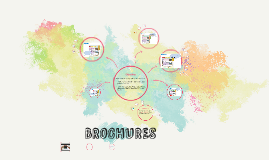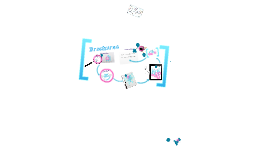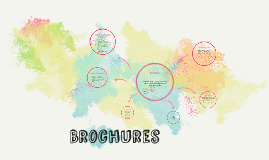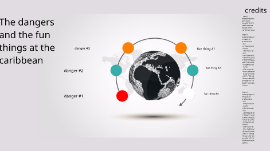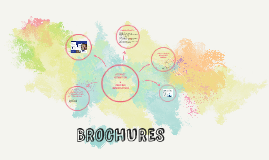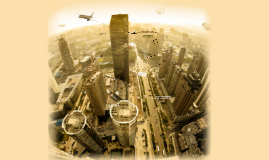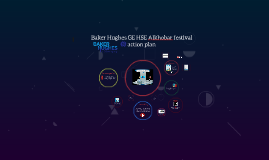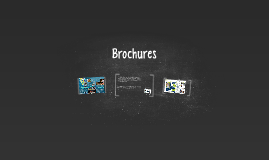BROCHURES
Transcript: BROCHURES A.I.D.A ATTENTION How will you grab your customer’s attention? What is your hook? INTEREST How will you get the customer interested enough to open your brochure? What sort of information can you provide? DESIRE Make your customer really want your product ACTION Get them to take specific action E.g. BUY NOW! Name of product Headline that creates curiosity, a hook Headline that states the name and slogan of the product. 2-3 key benefits of your product Short, easy to read blocks of text. Lists, charts or statistics Graphic images (the design and colour of your brochure) Photographs or diagrams of the product and/or it’s function Call to Action. What you want the reader to do? Call you, visit your website, fill out a form, etc. ACT NOW! Most everyone is pressed for time and have many ads vying for their attention. So they tend to skim quickly through brochures. Bullet points full of information yet brief in length will help keep customers focused on what you offer and lead them towards the action you want them to take next. & PROVIDE INFORMATION To get their attention, your brochure needs to focus on the benefits customers will enjoy by making a purchase from you. Use exciting inside headlines to hold their attention, and move them through the pages. WHAT’S NEXT Be sure your business name, phone number and website are easily found in the brochure. After you interest the reader in what you sell, you have to take the next step: tell them what they need to do to acquire it. Do they need to call you to place an order? Can they research more online? Why would someone want to buy your product? What's the most important thing it can do for them? What is the most important problem your product or service can solve for them? SELL, DON’T TELL ATTRACT ATTENTION The average reader takes less than 5 seconds to glance at the cover of a brochure and decide whether or not to read it. If your headline or graphics on the cover of your brochure are boring, few recipients will bother opening it. CONTACT INFO If you don't urge the reader to act right away your efforts in getting attention, building interest and desire will be wasted. Brochure Checklist MAKE IT LOOK EXCITING WHAT IS MOST IMPORTANT IN A BROCHURE? UNDERSTAND YOUR CUSTOMER BE BREIF, USE POINT FORM THE 7 TRUTHS OF BROCHURE MAKING






